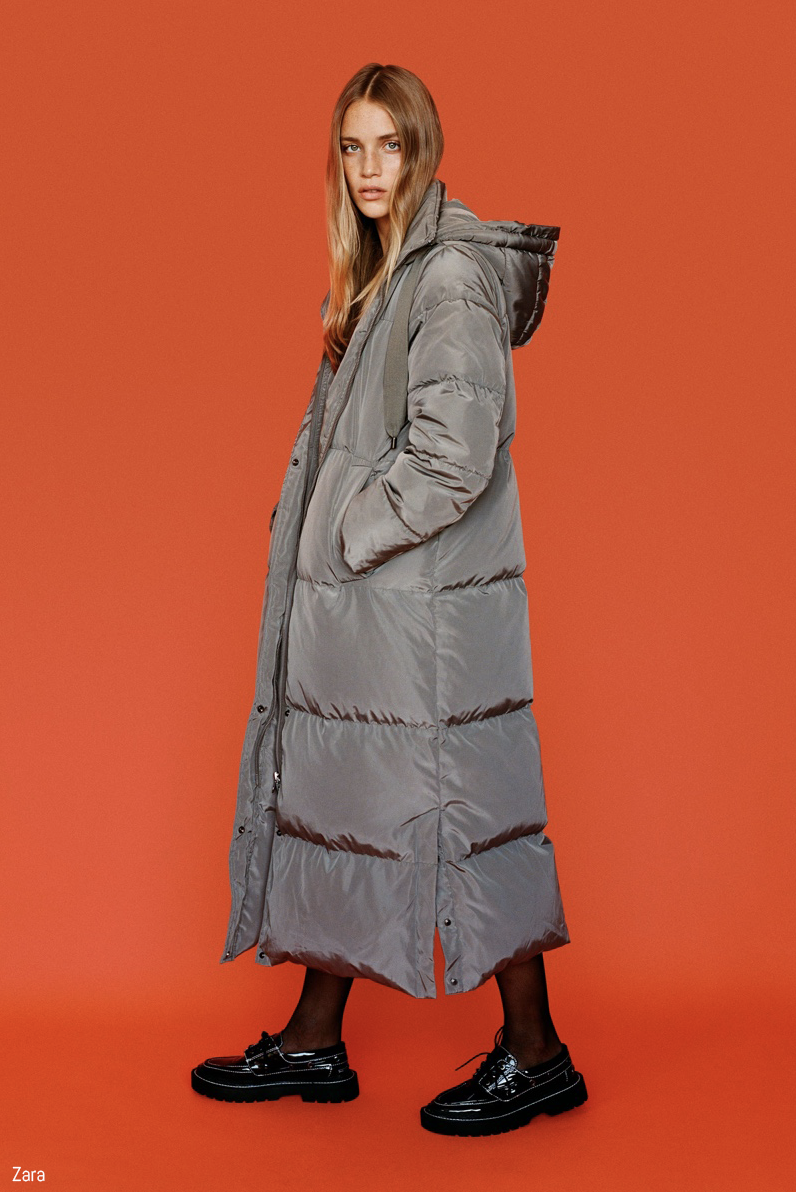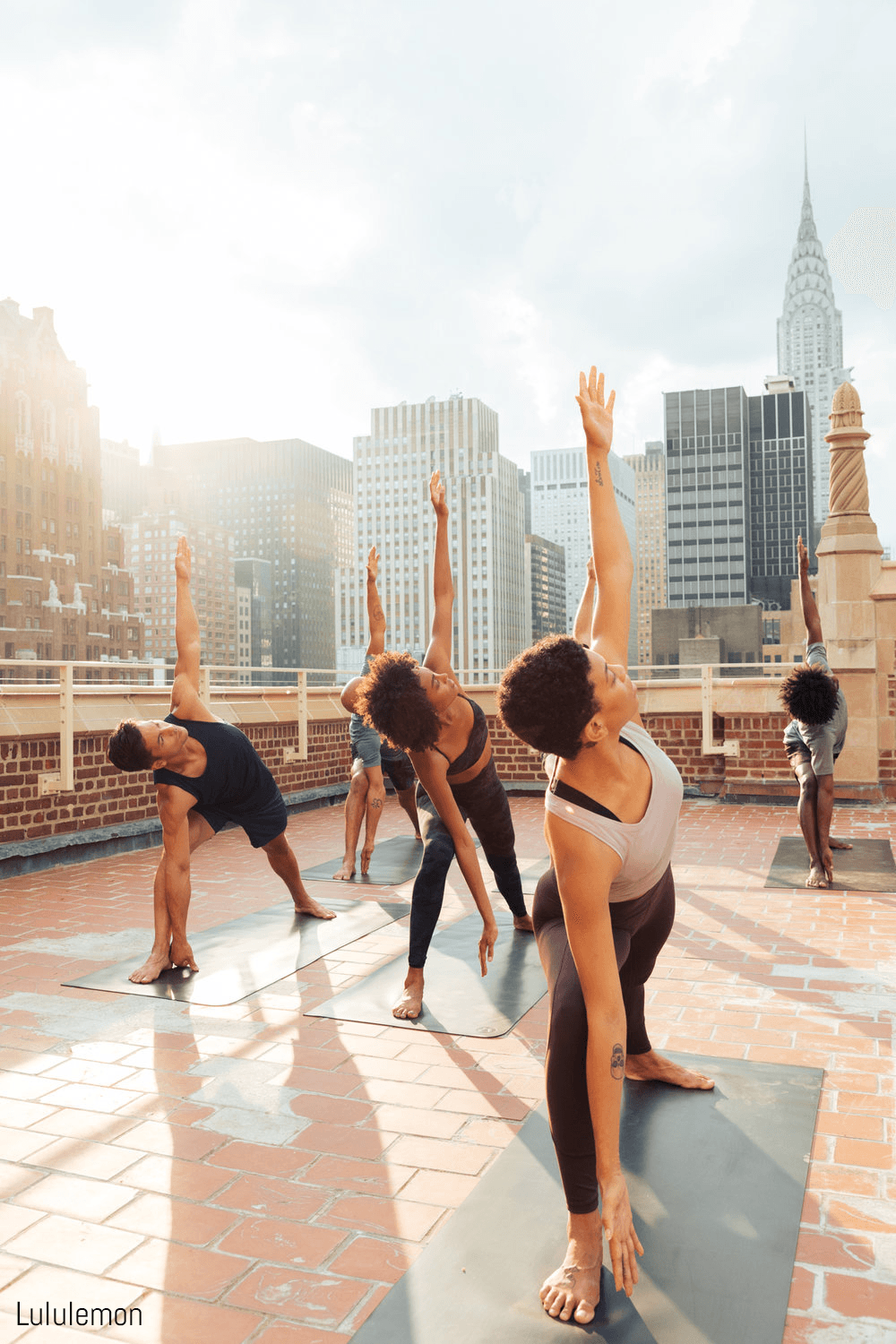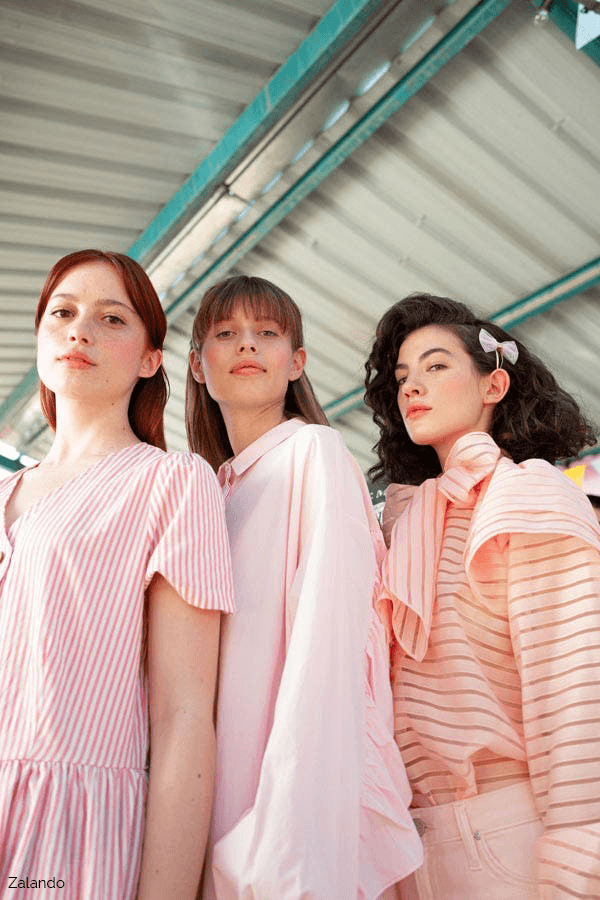Created in 1975, the famous fast-fashion company has proven the reliability of its widely acclaimed business model, built on technology innovation and customer experience. Using little to no advertising, Zara acheived a $254 million second-quarter profit in 2020.
However, the brand has recently faced three main challenges: e-commerce, competition and sustainability.
To sustain its global expansion, the brand made a step toward digital expansion even before the pandemic hit, and it paid off. So far in 2020, Zara reports a 74% jump in online sales alone. Executive chairman of the brand Pablo Isla said the growth in online sales demonstrated the importance of the company’s “integrated store and online” strategy, which was the “cornerstone” of the business. Despite this, sustainability concerns are rising among consumers as the eco-movement gains momentum, and Zara is known for its fast-fashion approach.
Thankfully, Zara can count on artificial intelligence to make a difference by better forecasting trends of best-selling products to boost its e-commerce sales.
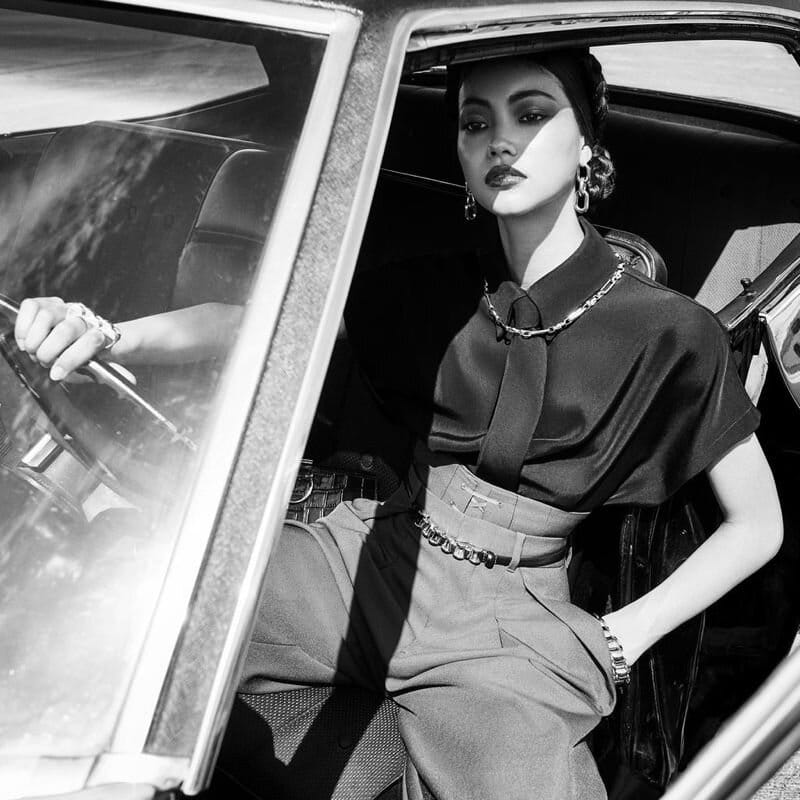
A digital transition: Sign of the times
The Zara business model is a good example of the high stakes of a digital transformation for a brick-and mortar retailer. Pablo Isla has said that by 2020 all the Inditex brands will be online, and while physical stores still drew in profits this year, the pandemic made it apparent how vital online stores have become.
During the height of the pandemic this year, Zara was forced to close 1200 stores globally. But upon reopening, from May to July, the brand succeeded in reopening 98% of its stores. Amancio Ortega considers 2020’s third quarter to be a “a progressive return to normality.”
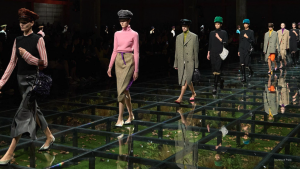
As for e-commerce, Zara saw a 74% jump in online sales this year, as they upped their digital communications and retrofitted their supply chains to accomodate shipments over in-store inventory. They even adapted their collections to fit “quarantine trends,” including styles such as wide trousers, jumpers, and house slippers.
If not for Zara’s digital reactivity, the brand would not have such a success online this year. This proves how vital digitalization and awareness of the times became throughout 2020.
Predicting the threat of the rise of ultra-fast fashion
Accounting for 14% of net sales, e-commerce remains a small portion of Zara’s business. It pales in comparison to its online native competitors like Boohoo and Fashion Nova. These digital pureplay retailers deliver designs faster than Zara thanks to marketing tools. Moreover, because they exclusively launch celebrity-led collections, they master influence marketing better. Fashion Nova, for instance, has mastered influencer collaborations, with their May 2019 collection with Cardi B reportedly bringing in a whopping $1million just after launch. With these new entrants, time-to-market has shrunk while variety has ballooned.
Freed from physical store loans and benefiting from more efficient supply chains, new fast fashion competitors have large stock inventories and more agile capabilities.
With this in mind, Zara aims to get over a quarter of its sales through online channels by 2022. This follows the results of the 44% drop in their first-quarter sales, which were mitigated by online growth. .
The necessity to transform into a sustainable model fuelled by trend forecasting
Due to a disruptive time-to-market, quick response policy and just-in-time manufacturing, Zara applies a lot of pressure on its end-to-end supply chain. There is growing evidence that clients, concerned with sustainability issues, are beginning to wonder whether they should make fast-fashion purchases. To answer these concerns, Zara has developed its own sustainable line under the #joinlife label. Contrary to H&M’s conscious collection, the initiative was discreetly implemented.

AI can improve customer-centric strategies to help boost e-commerce and be more sustainable
If Zara has succeeded in mastering its physical fast-fashion production chain, it is running late on digital. AI-powered trend forecasting is the way forward.
Zara has already multiplied technology-powered initiatives. In 2018, the fast fashion powerhouse teamed up with Jetlore, an AI-powered consumer behavior prediction platform, and Spanish big data company, El Arte de Medirn. Furthermore, it partnered with Intel and Fetch Robotics to measure clothing volume in boxes and improve stock inventory. Finally, to secure its product inventory and improve its traceability all along the supply chain, Zara implemented micro-chips from Tyco.
Since then, the brand continues to use these features in 2020. Earlier this year, they even added AI-powered robotics to automate order pick-up and reduce customer wait times.
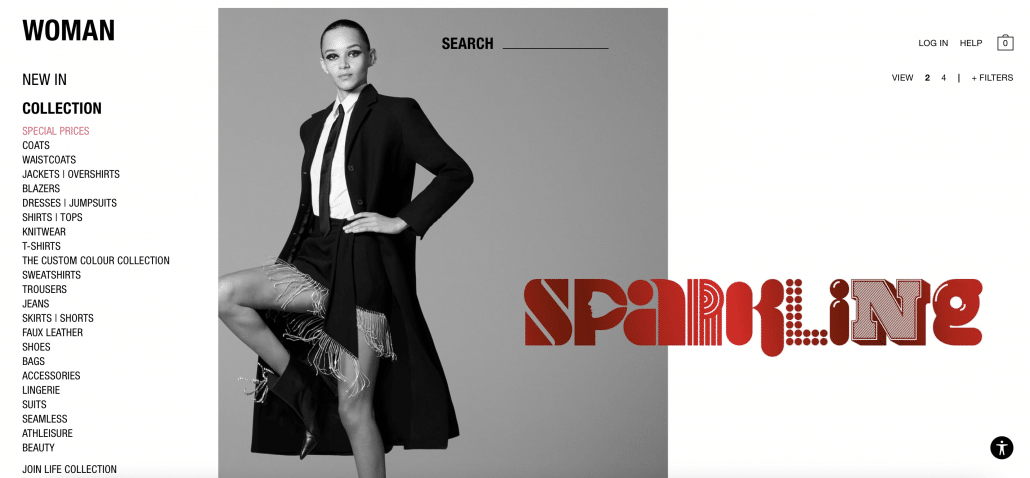
Developing e-commerce to fight competition
In launching e-commerce platforms to boost its online sales it will take time for its visual merchandising teams to manage product features. Finding relevant mix and match styles to build silhouettes in line with real consumers habits can be really time-consuming.
Artificial intelligence can enable Zara to improve its trend radar to maintain a distance from its competitors and ultra-fast fashion’s new entrants.
The cutting-edge technology can spot and predict the most popular product and brand associations, most attractive styles, colors and textures to provide guidance for online merchandising photoshoots and other lookbooks.
Most of all, through its analysis of 3 million images each day on social media, Heuritech offers a powerful market intelligence tool capable of identifying the best influencer styles and forecasting the latest upcoming trends.
From just-in-time production to forecasting demand and trends: how Zara can become more sustainable
The Zara case study shows the difficulty for a fashion retail leader in changing its image when faced with a rampant consumerism shift towards more sustainable brands.

The speedy logistics champion now wants to be seen as a “responsible fashion” player.
Artificial intelligence can help solve the “just-in-time” manufacturing loophole, by improving demand forecasting. The company focuses on responding to current fashion needs rather than forecasting fashion trends for a distant future: 85% of its production is done during the current season. By doing so, Zara can avoid overproduction, an issue its rival H&M also faces, and become more sustainable. Identifying client needs months in advance and suggesting specific product designs will enable the retailer to launch products that customers really want.
